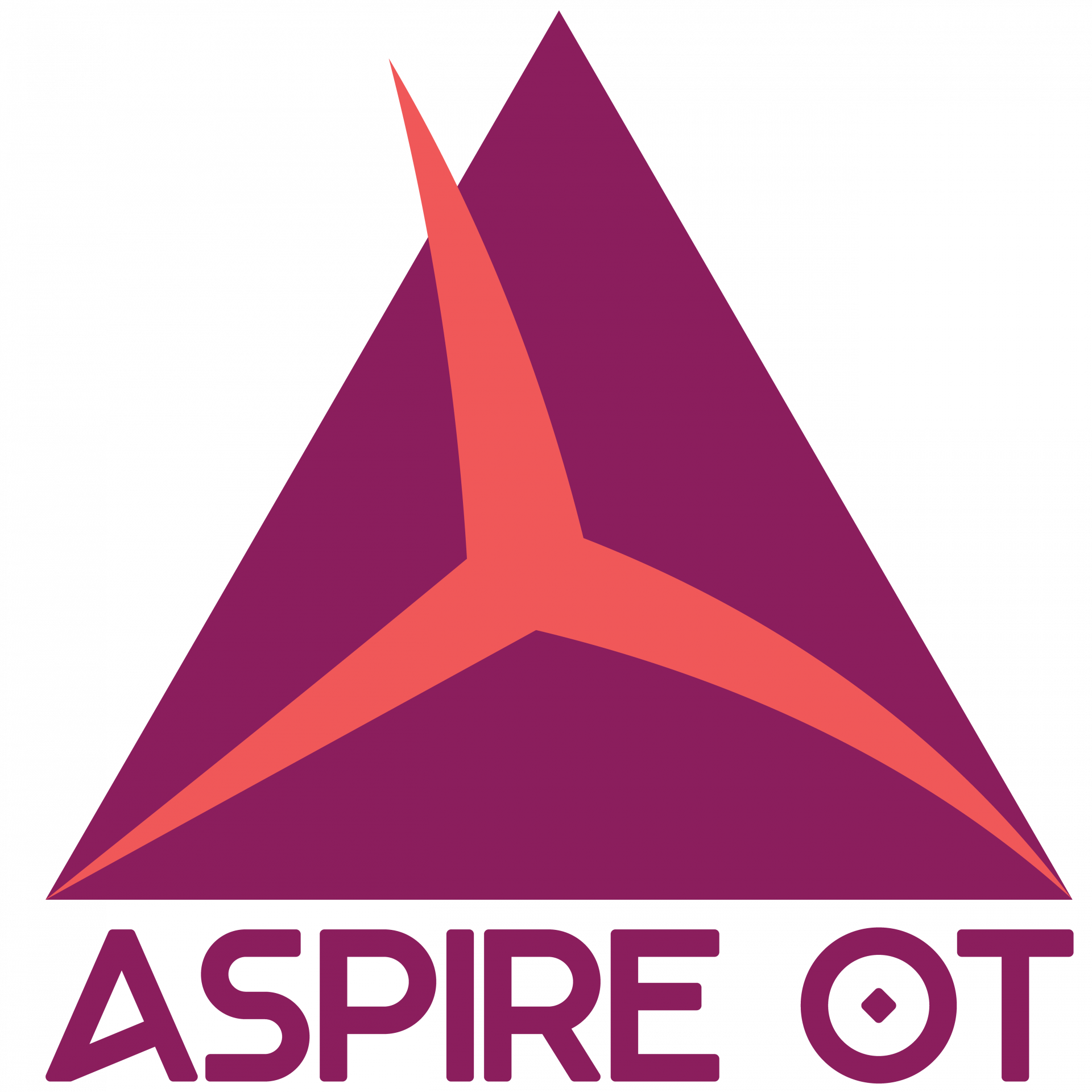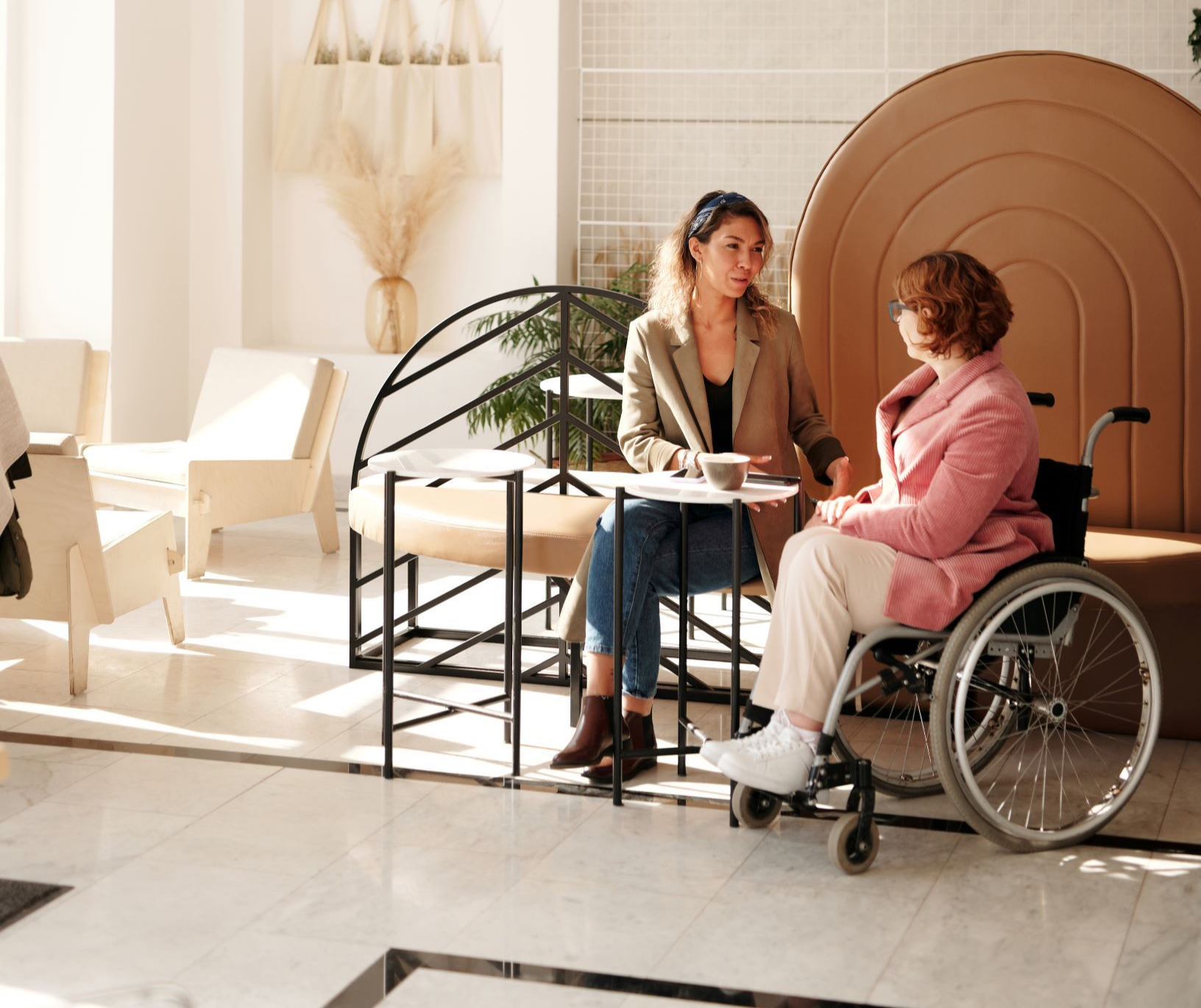Welcome to guest blogger and OT Dr. Jacquelyn Swackhamer, OTD
Supporting students with significant support needs in the school setting requires more than academic instruction alone—it means preparing them with the skills they need for independence, participation, and a meaningful quality of life. Life skills instruction is a powerful way to build functional abilities while embedding literacy, communication, and engagement across the curriculum.
Empty space, drag to resize
For students with significant support needs, daily routines—like getting dressed, preparing a snack, or navigating the classroom—are essential opportunities for learning. Early life skills instruction supports:
- Functional independence in school and beyond.
- Participation with peers in shared routines and classroom activities.
- Performance in self-care, communication, and problem-solving tasks.
By embedding these skills into the school day, we help students develop confidence and open doors to greater inclusion.
Literacy is more than reading and writing—it’s about making meaning, connecting to stories, and accessing information. For example:
- Using adapted books to teach sequencing in routines (e.g., handwashing).
- Incorporating visual supports and symbols for comprehension of multi-step tasks.
- Embedding functional vocabulary within literacy lessons to promote communication.
This literacy-based approach ensures students engage with meaningful content that bridges academic and real-world skills.
To reach all learners, instruction must be flexible and accessible. UDL principles guide educators to:
- Provide multiple means of representation: visuals, tactile tools, and auditory supports for teaching routines.
- Offer multiple means of action and expression: allowing students to demonstrate skills through hands-on practice, communication devices, or visual choice boards.
- Engage students in multiple ways: making life skills relevant to their interests and daily experiences.
When life skills lessons are designed through UDL, every student has a pathway to participation.
Occupational therapy practitioners are uniquely positioned to embed functional, sensory-rich strategies into life skills instruction, such as:
- Task analysis with sensory supports: breaking routines into steps with tactile prompts.
- Role play and hands-on practice: using real objects (utensils, clothing, grooming items) for skill development.
- Visual schedules and first-then boards: scaffolding independence in daily routines.
- Environmental modifications: adjusting classroom layouts to promote accessibility during life skill activities.
These strategies make life skills instruction concrete, engaging, and meaningful.
When we teach everyday skills, we empower students for an extraordinary impact on their futures. Through literacy, UDL, and multi-sensory instruction, educators and therapists can design life skills lessons that build independence, promote inclusion, and celebrate each student’s unique potential.
If you’d like to dive deeper into literacy-based, universally designed life skills lessons, our continuing education course explores strategies and resources that empower educators and occupational therapy practitioners to make everyday skills extraordinary opportunities for growth.



